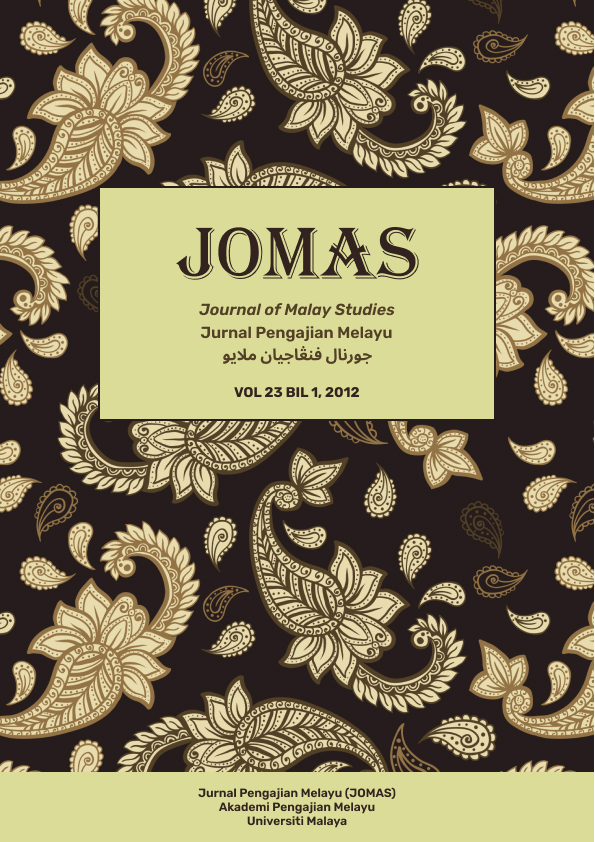HOW “TRADITIONAL†ARE SO-CALLED TRADITIONS? : THREE CASE STUDIES OF MALAYAN FOLK PERFORMANCE
Main Article Content
Abstract
This article challenges perceptions of “traditions” as being longstanding
and unchanged practices by showing several cases in which
so-called traditional musical genres were created relatively recently,
and reworked over time, partly in response to prevailing social trends.
Through musicological and ethnographic methods, this study ascertains
sources for local musical repertoires, and situates them as forms of
expression within their particular communities. The locus of this study
is the border region shared between Malaysia and Thailand, where rural
communities — whose social patterns are often under prolonged, and
often changing external hegemonic pressures — have managed a
complex array of identities and affiliations. The three case studies
included here are (1) an idiomatic form of Malayan ronggeng social
dance called rong ngeng, created in the 1940s and ’50s by Thaispeaking
performers in Krabi Province; (2) main berana, an evolving
repertoire of songs performed by Andaman Coast Orak Lawoi ‘sea
people,’ for their festive rituals; and (3) gendang silat ‘martial arts
musical accompaniment’ performed in Malaysia’s Kedah State. This
study finds that, despite the ambiguous historical meaning that musical
traditions hold for the people that perform them, they are a window into
understanding how local communities navigate social changes, and
possible indicators for future trends of expression.

